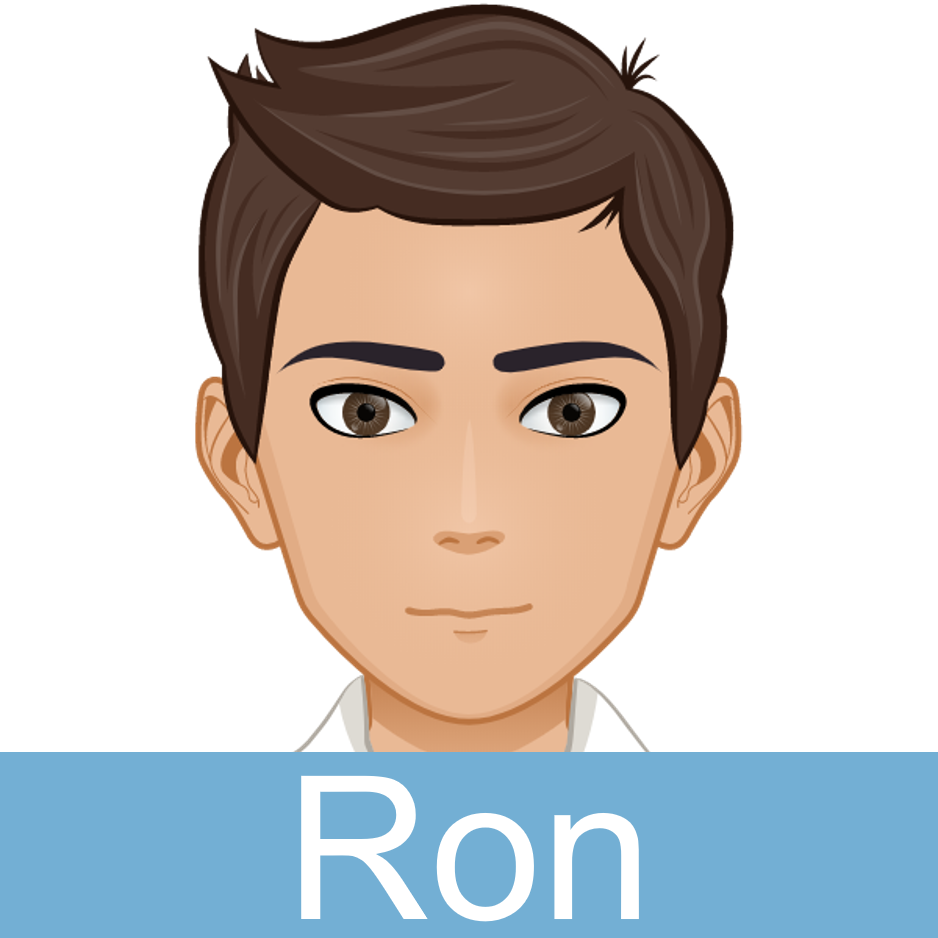PART A_1
Let’s learn new vocabulary. Listen and repeat these words with me.
PART A_2
| 1. take a picture 写真を撮る | |
| Don’t move. I’ll take a picture of you. | |
| 2. button ボタン | |
| You must press this button to start the radio. | |
| 3. focus 集中する、焦点を合わせる | |
| You adjust the lens of the camera to focus and see a clear image. | |
| 4. cheese チーズ(”Say cheese” = はいチーズ…写真を撮る時の言葉) | |
| When you say “cheese,” it makes you smile for the photo. | |
| 5. landscape 景色、風景 | |
| Don’t worry, I’ll teach you how to take pictures in landscape mode. | |
PART A_3
I will ask the questions below. Please answer in complete sentences.
PART A_4
| 1. | Do you like taking pictures? Why? |
| 2. | Do you ever press the speaker button on your cellphone when answering calls? Why? |
| 3. | What do you do to focus on your work or studies? |
| 4. | When smiling for a photo, what word do you say instead of “cheese” to smile naturally? |
| 5. | When taking a picture, do you prefer landscape or portrait mode? |
PART B_1
Let’s read the dialogue. I will play Ron, and you will play Emma. Then, we’ll switch roles.
PART B_2

Excuse me, Emma. Could you please use this camera to take a picture of us?
|
|
Yes, of course. Which button do I press to take the photo?
|

This one.
|
|
Do I need to adjust the lens to focus on the subject?
|

No, you don’t have to do that. This camera automatically focuses when you press the button.
|
|
All right. Say “cheese.”
|

That looks great. Can you take one in landscape mode too?
|
|
Sure, no problem.
|

Thank you.
|
|
Okay. One, two, three, cheese!
|
PART C_1
I will ask questions about the conversation. Please answer in complete sentences.
PART C_2
| 1. | What did Ron ask Emma to do? |
| 2. | Based on the dialogue, why doesn’t Emma need to adjust the lens to focus on the subject? |
| 3. | How did Ron want his second picture to be taken? |
PART D_1
Fill in the blanks using the new vocabulary you learned to complete the conversation.
PART D_2
| 1. | A: Come close to each other. I will __________ of you. B: Okay, mommy! |
| 2. | A: Could you please push the __________ to turn on the TV? B: Wait a moment, please. |
| 3. | A: Do I have to adjust the lens to __________ on the subject? B: Yes, you do. |
| 4. | A: You just have to point and press this button to take a photo. B: All right, say “__________!” |
| 5. | A: Do you know how to take a picture in __________ mode? B: Yeah, let me take you a picture. |
PART E_1
Let’s do a role play. Talk with me based on the situation below, using the expressions you just learned.
PART E_2
You are on vacation with your friend. Ask him/her to take a picture of you in landscape mode, and offer to take a picture of him/her as well.
PART E_3
REVIEW AND FEEDBACK
Now, let us review the things that you learned in this lesson.
(Please give short feedback on how your student did in your class.)
| Grammar 文法 |
Pronunciation 発音 | Vocabulary 単語 |
Comprehension 理解 |
|
|---|---|---|---|---|
 GOOD GOOD |
文法の誤りはほとんどなく、完全な文章で話すことができる | ほとんどの単語をはっきりと正しく発音することができる | 習った表現を適切に使うことができる | 文章を理解し、質問に正しく答えることができる |
 FAIR |
文法の誤りはあるが、完全な文章で話すことができる | 発音の練習が必要な言葉がいくつかある | たまにミスはあるが、習った表現を適切に使うことができる | 文章を完全に理解するのは難しく、質問に正しく答えられないときもある |
 POOR |
文章で話すのは難しく、単語だけで話すことができる | 発音の練習が必要である | 習った単語と表現を少しだけ使うことができる | 文章を理解するのは難しく、質問に答えるのは難しい |
